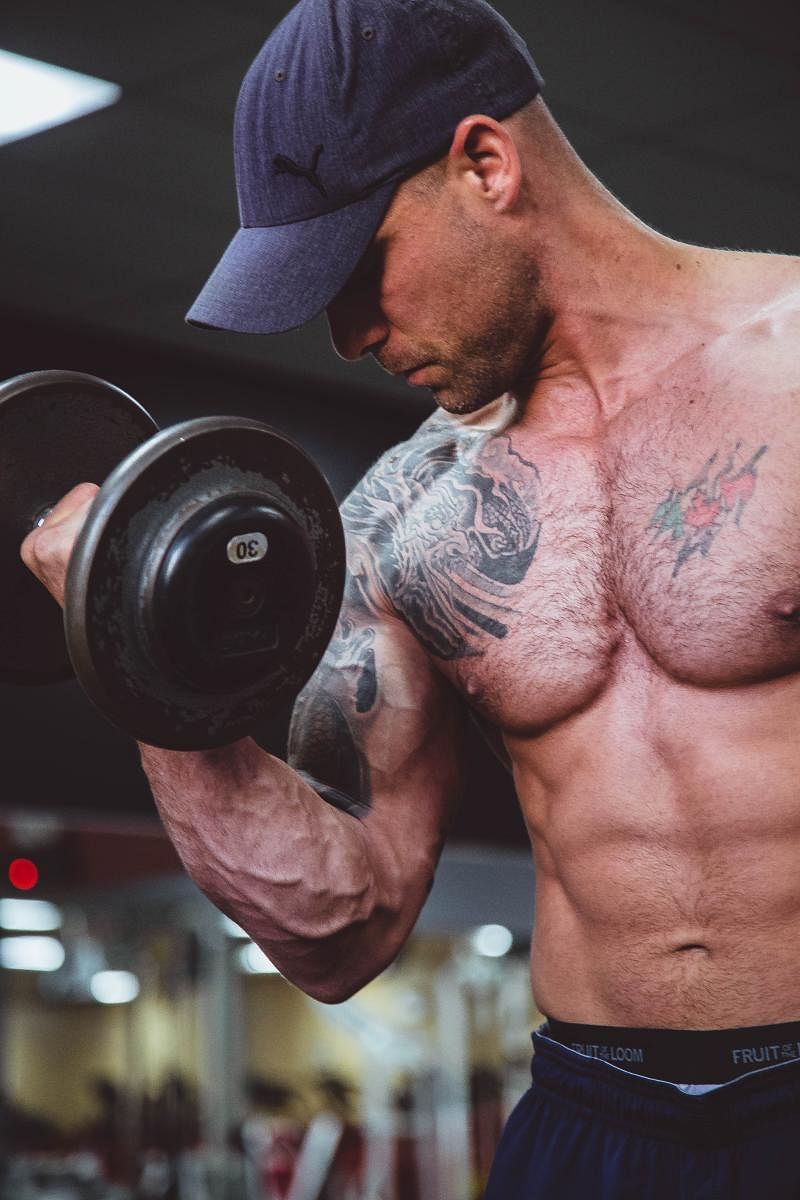
When it comes to fitness, so many of us have our goals set on gaining a six-pack of abs like it were the gold standard of fitness. Here’s why we need to seriously rethink this goal. The six-pack is usually the result of a very strict approach to nutrition and/or the genes you’ve inherited. Any sort of overconsumption and they tend to disappear, so in that sense, they are primarily an indicator of low body fat percentage. But here’s what they are not an indicator of — they do not tell us if we have the endurance levels to last a marathon or complete a hike, they do not tell us if we have the strength we might require to lift a heavy object off the ground without getting injured, they do not indicate if we have a strong immune system and they are certainly not a good indicator of our overall well-being.
The rectus abdominis “Abs”, are a segment of muscles located superficially at the front of your abdomen between your lower ribs and pelvis (hip bones). Functionally speaking, the rectus abdominis is primarily responsible for flexing the lumbar spine crunching, enabling one to sit up from a lying down position. It also plays a role in respiration and keeping the internal organs in place by contributing to the intra-abdominal pressure. While the role this muscle plays is essential (as is the case with every muscle in our body), it is certainly not worth dedicating the time and effort that so many of us do in order to develop and grow this muscle beyond a point.
As stated earlier, the six-pack is more a result of one’s nutritional intake (maintaining a strict calorie deficit — consuming less calories than you burn) than it is about one’s athletic prowess. Typically speaking, one needs to drop their body fat percentage down to approximately 10% or below in men and 15% or below in women, in order for this muscle to become visible. While below normal body fat percentages are pretty standard among special populations like elite athletes, bodybuilders, fitness instructors and even people in the entertainment industry, one must keep in mind that these individuals base their livelihoods on training and preparing for a particular physical activity or looking a certain way. Hence these individuals spend a good part of their daily training, planning/ preparing their meals, etc., to support their lifestyles.
For someone who’s not into bodybuilding, a drop in fat percentage beyond a point is not necessarily good as fat plays a vital role in the overall functioning of our bodies. Fat is used in the body as a metabolic fuel, it protects our internal organs and joints from injury. It plays a key role in growth and supporting the body’s immune functions and also plays a role in determining a women’s reproductive ability. Very low-fat percentage could lead to anxiety, low resistance to diseases, lower energy levels, irregular period cycles in women and the list goes on. A healthy fat percentage is between 10 and 22% in men and between 20 and 32% in women.
The concern here is not the abs becoming visible as such, but more the means by which people use to get there i.e., extreme diets and the time spent on developing and maintaining a muscle who’s role functionally is quite minimal. Rather than focusing one’s efforts on achieving this aesthetics based goal, it is far more advisable to chase performance-based goals (completing a marathon or getting better at sport, etc.,) and when you do that, the elusive six-pack is likely to show up as a by-product anyway!
(The author has over a decade of experience in the fitness industry. She is certified in various areas of fitness such as Posture Analysis, Suspension Training, Kettlebell, Advance Personal Training and Pre-Post Natal Training from one of the top institutes in the UK. In 2018, she became one of the few Sports Performance Coaches in the country.)